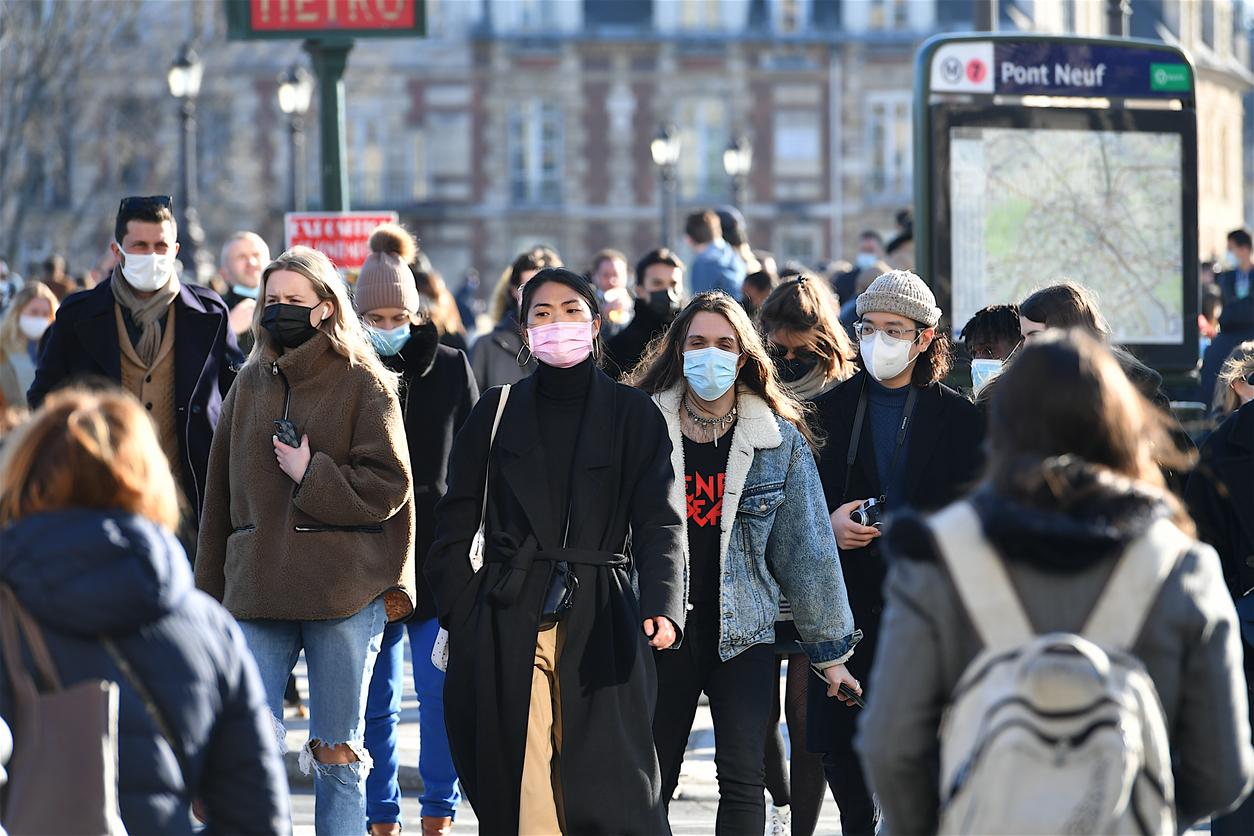October 26, 2004 – A syrup made from black elderberry extract (Sambucus nigra), Sambucol ©, would be effective in treating influenza, according to a Norwegian study1 funded by the product manufacturer.
This is because black elderberry seems to be able to reduce the duration and severity of flu symptoms.
Thus, for the benefit of the study, we randomly gave either a standardized preparation (38%) of black elderberry syrup or a placebo to 54 adults suffering from the influenza virus type A.2 and 6 others with type B2. Patients were to take 15 ml (3 teaspoons) of either formulation four times a day for five days.
The evolution of symptoms such as pain, fever, cough, mucus excretion and nasal congestion was rated by patients on a scale of 0 to 10 (10 being the most pronounced improvement). Participants in the black elderberry extract group gave an average score of 9 compared to 1 for individuals in the placebo group.
From the third day of treatment, the patients in the black elderberry group experienced a significant improvement in their condition compared to the placebo group who saw their symptoms decline only after seven days. No adverse effects were noted in the two groups.
The active ingredients of black elderberry are not clearly identified in the study, but the effects obtained would be attributable to the anthocyanins it contains. It is believed that elderberry extract may have immunomodulatory action.
Black elderberry is a shrub that grows in Europe and North America and most temperate regions. Although there are several species, only black elderberry and white elderberry have been part of a true medicinal tradition.
Marie france Coutu – PasseportSanté.net
From HerbalGram, no 63, 2004
1. Zakay-Rones Z, Thom E, Wollan T, Wadstein J. Randomized study of the efficacy and safety of oral elderberry extract in the treatment of influenza A and B virus infections. J Int Med Res. 2004 Mar-Apr; 32 (2): 132-40.
2. Influenzavirus type A. This is the most dangerous: it has caused several deadly pandemics, such as the famous Spanish flu of 1918. Type A mutates in a very short time, which makes it all the more difficult to fight.
– Influenzavirus type B. Most often, its manifestations are less serious. It only causes localized epidemics. This guy mutates sometimes. For more information, see our Flu sheet.

















